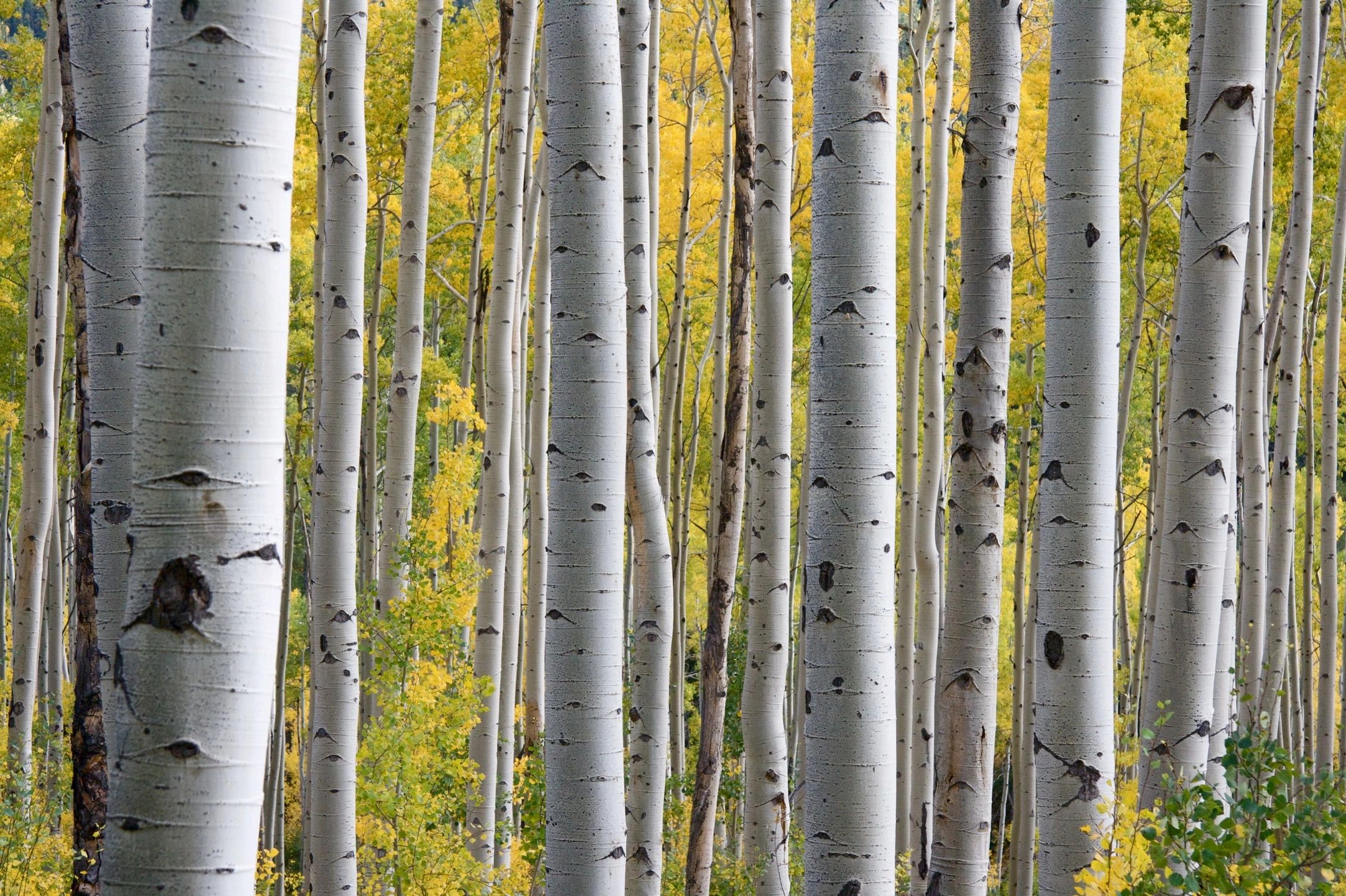An unusually warm fall in Ontario may prevent the province from experiencing the vibrant fall foliage that typically brightens the treetops this time of year.
Parts of Ontario, including the Greater Toronto Area, saw higher-than-normal temperatures in September, which has led to duller colors, according to experts.
“The weather that really promotes bright fall colors — strong fall colors — is a combination of sunny and cold, but we’ve been experiencing more sunny and warm conditions,” said Susan Dudley, a biology professor at McMaster University in Hamilton.
While temperatures have dropped recently, Dudley cautions that it may be too late to trigger the physiological changes in trees that lead to rich autumn colors. “The weather has been strange — it was very warm up until recently.”
Experts say that daylength, tree species, and weather conditions are the main factors influencing the color of fall leaves. Typically, Ontario and other parts of eastern North America have the right combination of these elements, resulting in the vibrant yellows, oranges, and reds seen in the fall, Dudley explains.
Ontario’s fall foliage is often stunning due to the province’s long, cold fall season, with plenty of daylight and a variety of tree species, including maple trees, which produce striking golden and red pigments.
However, since weather varies from year to year, it plays a critical role in determining the vibrancy of fall colors, Dudley noted.
Three chemicals are key to producing pigments in leaves: chlorophyll, which gives leaves their green color during the growing season, carotenoids, which create yellow hues, and anthocyanins, which form when sugar levels rise in leaves and are responsible for red, orange, and golden pigments.
Sean Thomas, a professor of forest ecology at the University of Toronto, said that near-freezing temperatures — without frost — combined with bright sunlight are essential for vivid fall colors.
“We’ve had fairly summery temperatures until recently and haven’t seen the one-to-two degrees Celsius overnight temperatures necessary for vibrant foliage,” Thomas said.
Fall colors are more vibrant north of the Greater Toronto Area, where the weather has been cooler, he noted.
Experts warn that climate change, with rising temperatures, warmer fall seasons, and increased precipitation and cloud cover, could lead to more frequent dull falls in the future.
“This year really highlights those changes, especially the higher precipitation, which doesn’t bode well for bright fall colors in the long term,” Thomas added.
Although Ontarians may still catch some colorful foliage before winter sets in, Thomas warns that it may not last as long as in previous years.
“There’s still a chance for a beautiful display if we get some cold snaps before fall ends, but it likely won’t be as vibrant as last year,” he said.


